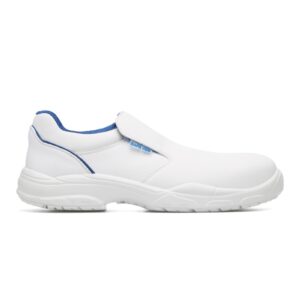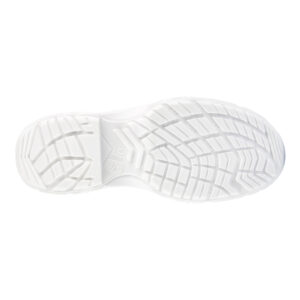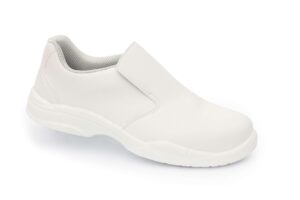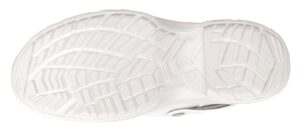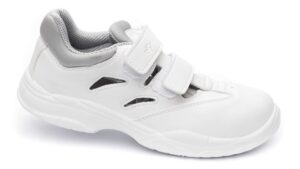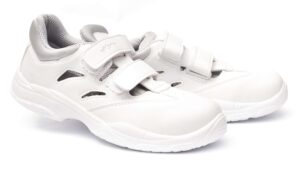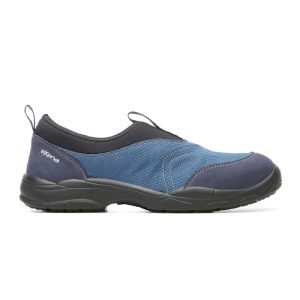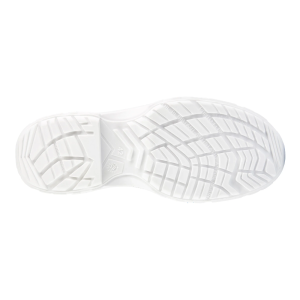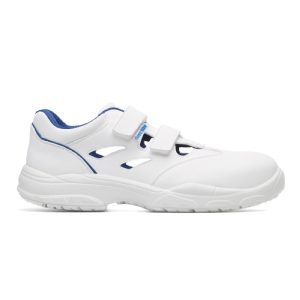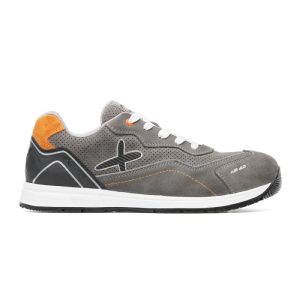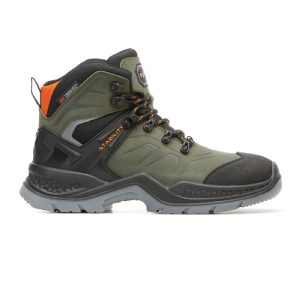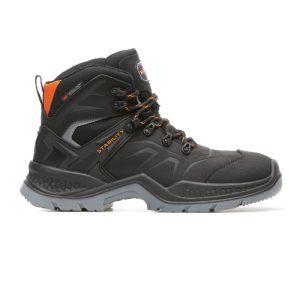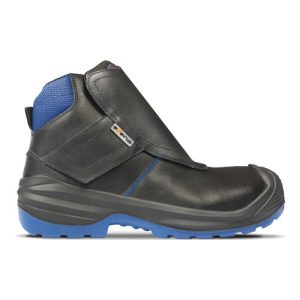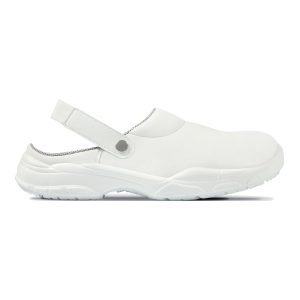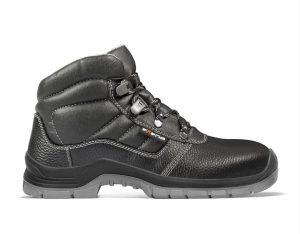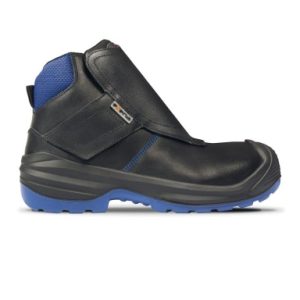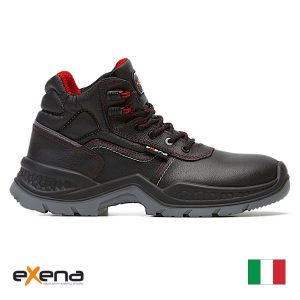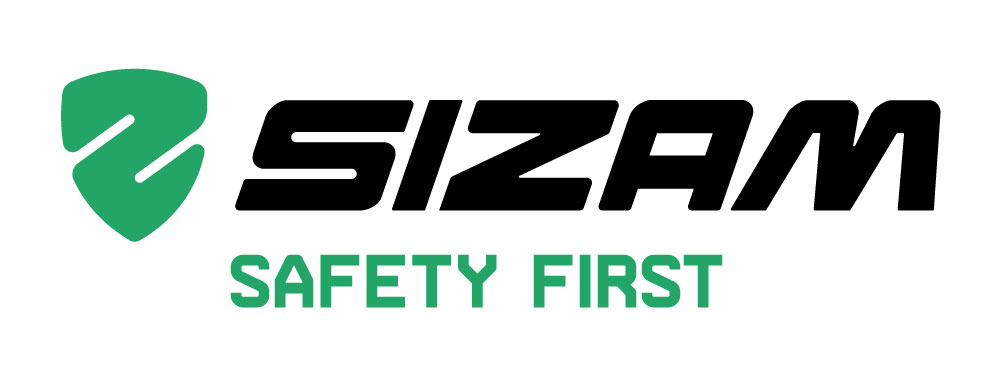Exena safety shoes: protecting feet, saving lives
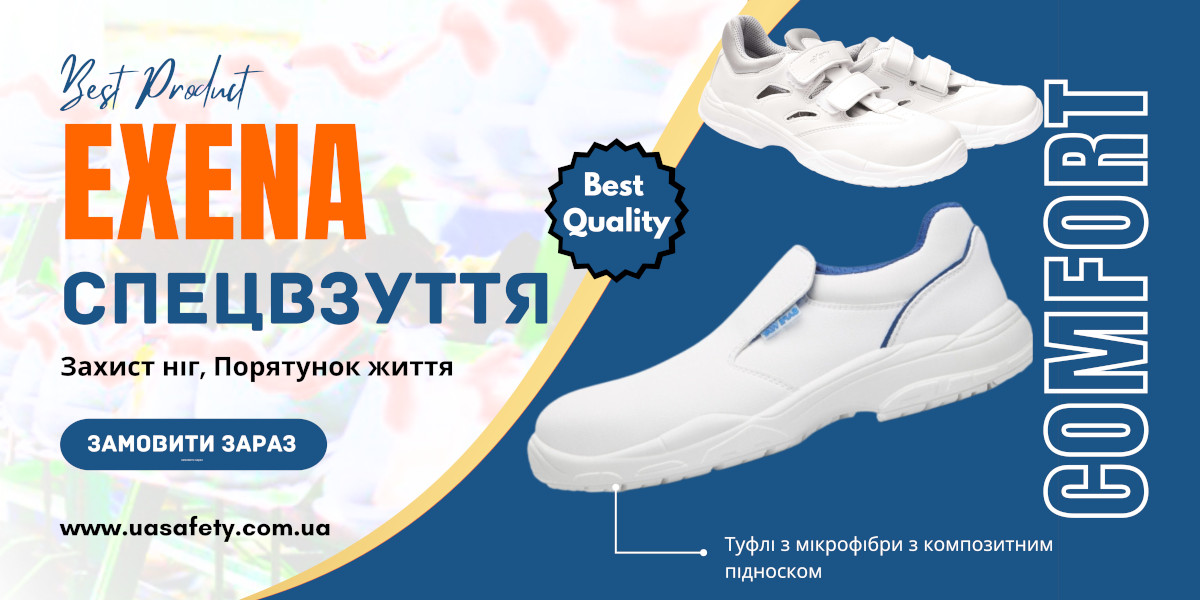
- Introduction. Exena Safety Footwear: Safety Footwear Guide
- Definition of protective footwear
- The importance of wearing protective footwear in hazardous conditions
- Overview of the content of the article
- The main features of protective footwear
- Protective pads on the toes
- Non-slip sole
- Protection against electric shock
- Metatarsal shields
- Puncture resistant sole
- Choosing the right safety shoes
- Assessment of workplace hazards
- Knowledge of safety footwear standards.
- Correct fit and size
- Different types of safety shoes
- Exena safety shoes with a steel toe
- Exena special shoes with a composite toe
- Shoes to protect against electric shock
- Chemically resistant protective footwear
- Advantages of protective footwear
- Reduction of industrial injuries
- Productivity improvement
- Long-term cost savings
- Industries that require special footwear
- Construction
- Production
- Oil and gas
- Health care
- HoReCa, Cleaning, Trade
- Care of protective footwear
- Cleaning and care tips
- Replacement of worn safety shoes
- Innovations in protective footwear
- Light materials
- Improved comfort features
- Smart safety shoes
- Conclusions
- Frequently asked questions (FAQ)
Exena Safety Footwear: Safety Footwear Guide
Introduction
Safety shoes, also known as work shoes or safety shoes, are an important component of personal protective equipment (PPE) in various hazardous industrial environments. Safety shoes such as Exena special shoes , designed to protect workers' feet from possible injuries, plays a critical role in preventing accidents and ensuring a safer workplace. This article will look at the key features, types, benefits and industries that require safety footwear to help readers make informed choices to protect their feet while on the job.
The main features of protective footwear
Safety shoes are equipped with several functions that provide maximum protection to the user. These features include:
- Protective pads: Most safety shoes feature steel or composite insoles to protect the toes from falling objects or compression hazards.
- Non-slip sole: The sole of the safety shoe provides excellent traction on various surfaces, reducing the risk of slipping and falling.
- Protection against electric shock: Protective footwear against electric shock is designed to protect workers from electric shock through insulation.
- Protection of metatarsal bones: These guards protect the metatarsal bones from impact injuries often found in industries involving heavy machinery.
- Puncture resistant sole: Safety shoes with puncture-resistant soles prevent sharp objects from penetrating the sole, protecting your feet from injury.
Choosing the right safety shoes
Choosing the right safety footwear is vital to ensure optimal protection. When choosing safety shoes, consider the following factors:
- Assessment of workplace hazards: Identify specific workplace hazards, such as falling objects, electrical shock hazards, or chemicals, to select the correct type of safety footwear.
- Familiarity with safety footwear standards: Check safety footwear standards and certifications to make sure the footwear meets the necessary safety requirements.
- Correct fit and size. Ill-fitting safety footwear can be uncomfortable and less effective in providing protection. Get the right size and fit for comfort and safety.
Different types of safety shoes
There are different types of safety shoes, each of which is designed to protect against certain hazards in the workplace:
- EXENA special shoes with a steel toe : This classic safety shoe features a steel toe cap on the wear for shock and compression protection.
- EXENA special shoes with a composite toe : similar to steel-toed shoes, but with a non-metallic toe, making it lighter and suitable for environments with metal detectors.
- Shoes to protect against electric shock: ideal for electricians and electrical workers as it provides insulation against electric shock.< /li>
- Chemically resistant protective footwear: Designed to protect against spills and splashes of chemicals required in laboratories and the chemical industry.
Advantages of protective footwear
Investing in safety footwear offers many benefits to both employers and employees:
- Reduction of injuries at the workplace. Safety footwear significantly reduces the risk of foot injuries, which can lead to fewer accidents in the workplace.
- Productivity improvement. Workers feel more protected and confident when wearing protective footwear, resulting in increased productivity and efficiency.
- Long-term savings. Although protective footwear may require an initial investment, it can reduce costs in the long run by preventing injuries and related medical expenses.</span>
Industries that require special footwear
Many industries require the use of protective footwear due to its inherent risks:
- Construction. Workers on construction sites face various hazards, so safety shoes are necessary to protect against debris and sharp objects.
- Production. Factories and manufacturing plants have heavy machinery and equipment, so safety shoes are necessary to protect the feet.
- Oil and gas. In the oil and gas industry, there are potential slip hazards, chemical exposure, and heavy equipment that require protective footwear.
- Health care. Medical workers use protective footwear to protect against biological hazards and sharp objects.
- HoReCa, Cleaning, Trade. Special shoes Exena Lily and Special shoes Exena Lotusfor the food industry, research institutes, cleaning and the HoReCa sector.
Care of protective footwear
Proper care and maintenance can extend the life of safety footwear:
- Cleaning and care tips: Regularly clean safety shoes using appropriate methods and materials to keep them in good condition.
- Replacement of worn safety shoes: Inspect safety shoes regularly and replace them when they show signs of wear to maintain their protective properties.
Innovations in protective footwear
Advances in safety footwear technology have led to the emergence of more convenient and effective options:
- Light materials: Modern safety footwear uses lightweight materials that reduce fatigue and increase mobility.
- Improved comfort characteristics: Soft insoles, moisture-wicking properties and ergonomic design increase overall comfort during prolonged wear.
- Smart safety shoes: Some safety footwear models now include smart features such as GPS tracking, temperature monitoring and emergency alerts.</span>
Conclusions
Safety shoes are an indispensable element of ensuring safety in the workplace and preventing foot injuries. By understanding the key features, types, benefits and industries where safety footwear is needed, workers can make informed decisions to effectively protect their feet. Investing in high-quality safety footwear not only ensures personal safety, but also contributes to a more productive and safe work environment.
Frequently asked questions
- Question 1. Are safety shoes required by law?
-
-
- Safety footwear laws vary by jurisdiction and industry. Many countries have regulations requiring the use of protective footwear under certain hazardous work conditions. It is vital that employers and employees are aware of and comply with these legal requirements.
-
- Question 2. Is it possible to use protective shoes for active recreation?
-
-
- Although safety footwear is primarily intended for industrial and hazardous work environments, some models may be suitable for certain outdoor activities involving potential risks. However, it is important to use the correct type of safety footwear for the specific activity to ensure adequate protection.
-
- Question 3. How often should protective footwear be changed?
-
-
- The service life of safety shoes depends on such factors as the frequency of use, working conditions and the quality of the shoes. On average, protective footwear should be replaced every 6-12 months or when signs of wear and tear appear.
-
- Question 4. Can safety shoes prevent all types of foot injuries?
-
-
- Although protective footwear significantly reduces the risk of foot injuries, it cannot guarantee complete protection against all hazards. Workers must remain vigilant and follow safety protocols to minimize risks.
-
- Question 5. Are safety shoes suitable for women?
-
- Absolutely! Safety shoes are available in a variety of sizes and designs, including options adapted to fit the female foot comfortably. It is critical to choose safety footwear that provides the correct fit and protection for all workers, regardless of the floor.
- Question 6. Where to buy Exena Special Shoes?
-
- You can buy Exena safety shoes in the UASAFETY Catalog:
https:// uasafety.com.ua/catalog/?filter_torgovaya-marka=exena
-
